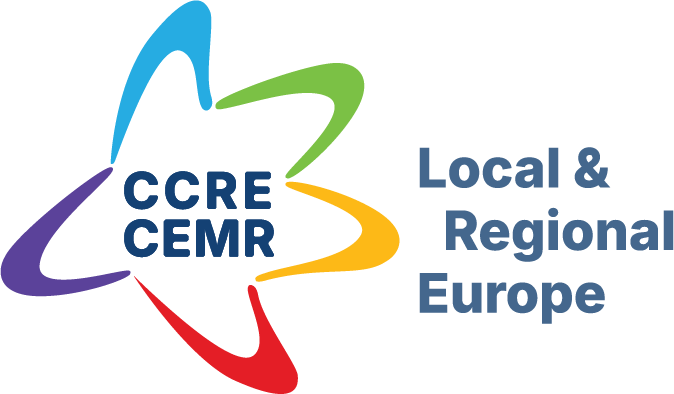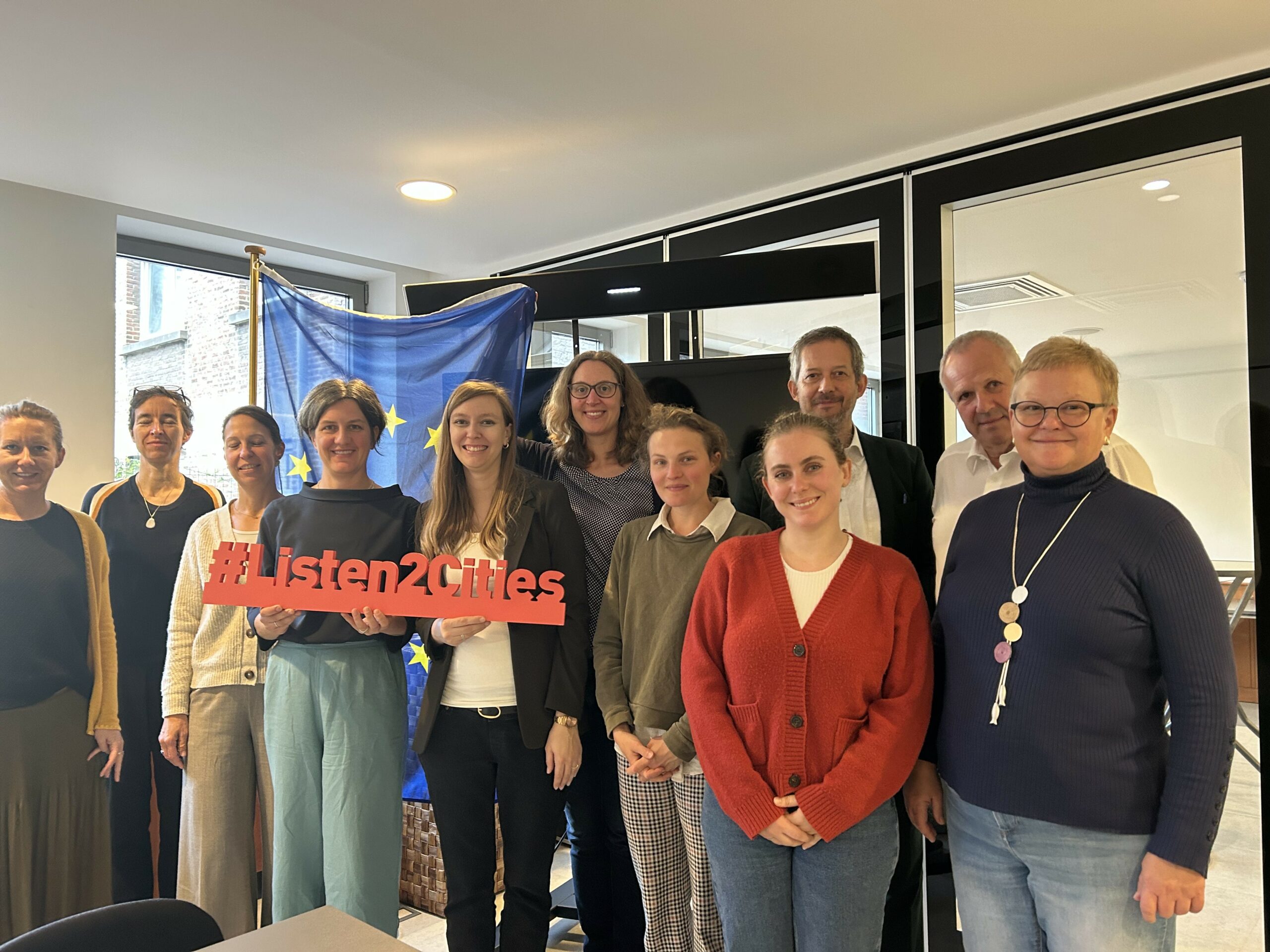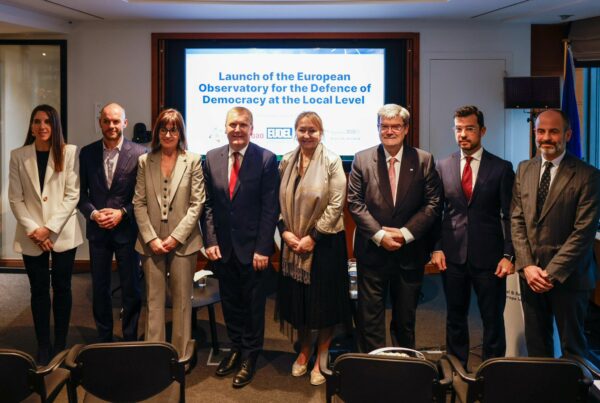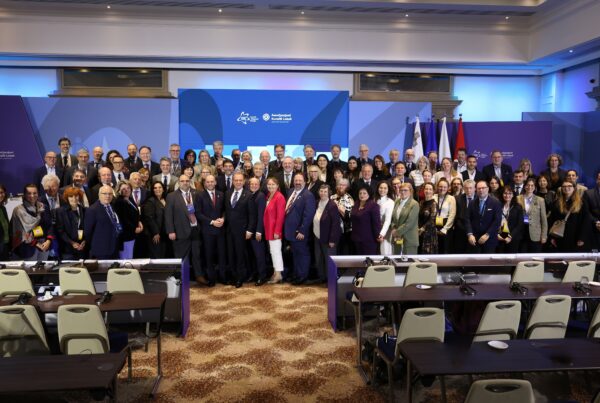CEMR meets with Baden-Württemberg cities
CEMR met this week with the working group of EU coordinators from the Association of Cities of Baden-Württemberg to discuss the evolving European and national context of migration and integration The exchange took place as EU Member States begin implementing key elements of the Asylum and Migration Pact, raising questions about how local and regional governments (LRGs) will be involved in shaping Europe’s migration governance framework.
The exchange followed CEMR’s renewed focus on migration and integration, building on the organisation’s longstanding commitment to support local and regional governments in this area through key priorities: the EU Asylum and Migration Pact, the Temporary Protection Directive (TPD), the next Multiannual Financial Framework (MFF), housing, and labour market inclusion.
During the meeting, Annelies Coessens, CEMR’s Policy Officer for Equality, Diversity & Migration, outlined the current challenges shaping EU migration policy. While migration remains a central political priority — as reaffirmed in President Ursula von der Leyen’s 2025 State of the Union address — the implementation of the Asylum and Migration Pact still lacks the involvement of local and regional governments (LRGs). This limited coordination, coupled with security-driven national narratives, continues to hinder the development of sustainable, community-based approaches to migration.
Participants shared insights on local realities in Baden-Württemberg, including integration challenges faced by Ukrainian refugees —such as language barriers, childcare shortages, and limited access to employment. These issues particularly affect women, especially single mothers, whose limited access to childcare and job opportunities significantly delays their integration and economic independence. These examples highlighted the disconnect between EU-level policy and local realities, as well as the need for stronger support mechanisms for municipalities working directly with newcomers.
Looking ahead, the discussion turned to the upcoming EU budget negotiations (2028–2034), where migration funds — including AMIF and ESF+ — are expected to be integrated into the National and Regional Partnership Plans (NRPPs). CEMR stressed that LRGs must have a seat at the table when shaping these plans to ensure that EU resources respond to real needs on the ground.
CEMR also highlighted ongoing initiatives supporting local action, including the Bridges of Trust project connecting EU and Ukrainian municipalities, and new twinning partnerships promoting peer learning on migration and integration. The newly launched CEMR Taskforce on Housing was also presented as a key space for collaboration.
This meeting underscored the shared commitment of CEMR and its members to making migration policy work with and for local communities — ensuring that those closest to citizens are central to shaping Europe’s response.

Director – Policy & Impact
